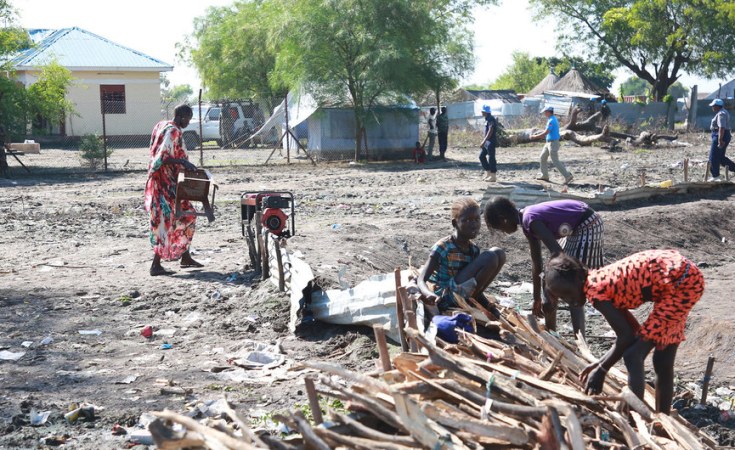Cape Town — The number of people living in poverty in sub-Saharan Africa has overtaken that in South Asia, says a new study. Nearly 579 million Africans live in what the study calls "acute multidimensional poverty".
This year's Global Multidimensional Poverty Index (MPI), released on Monday (October 19, 2022) by a United Nations agency and an Oxford University research centre, says it is the first time since the index was compiled that the number of poor in Africa has overtaken the figure for South Asia. This is partly because newer statistics have become available for South Asia - where 385 million people now live in poverty - but also because India has made substantial progress in improving the lives of its people.
Nevertheless, India remains the country with the most poor people - 229 million - while Nigeria has the next highest number - 97 million.
The index is published by the United Nations Development Programme and the Oxford Poverty and Human Development Initiative in the United Kingdom. It is based on household surveys in 111 countries across the world.
Unlike older methods of judging poverty by income alone, the MPI uses a wider range of criteria - such as access to education, health, housing, drinking water, sanitation and electricity - to assess poverty levels. By these standards, researchers say the number of the world's poor is double the number who live below the international poverty line of $1.90 a day.
The authors of the study say their more finely-grained index of poverty enables the development of more precisely targeted interventions to end poverty. New features of this year's study will help those fighting poverty to design strategies that address multiple aspects of poverty at the same time, they add.
Among other notable findings of the 2022 index which relate to Africa:
- Fifty million people live in acute poverty in the world's three poorest countries: Niger, South Sudan and Burkina Faso.
- The poor in sub-Saharan Africa are more likely than those elsewhere to be deprived of electricity and drinking water. "The region's electrification rate is 48.4 percent," the study says, "and in at least eight countries, less than 20 percent of the population have access to electricity."
- The "poorest of the poor" – defined as those deprived under all the criteria used to assess their condition – include 3.8 million people in sub-Saharan Africa, including 910,000 in Nigeria, 685,000 in Niger and 615,000 in Ethiopia.
- Among the 20 countries which reduced poverty levels the fastest before the Covid-19 pandemic struck were 12 African nations: the Congo, Côte d'Ivoire, Ethiopia, Gambia, Guinea, Liberia, Malawi, Mali, Mozambique, Sao Tome and Principe, Sierra Leone and Togo. In 2020 the survey predicted the pandemic would set progress towards ending poverty back by between three and 10 years; this year the authors say the setback will be at the higher end of this projection.


